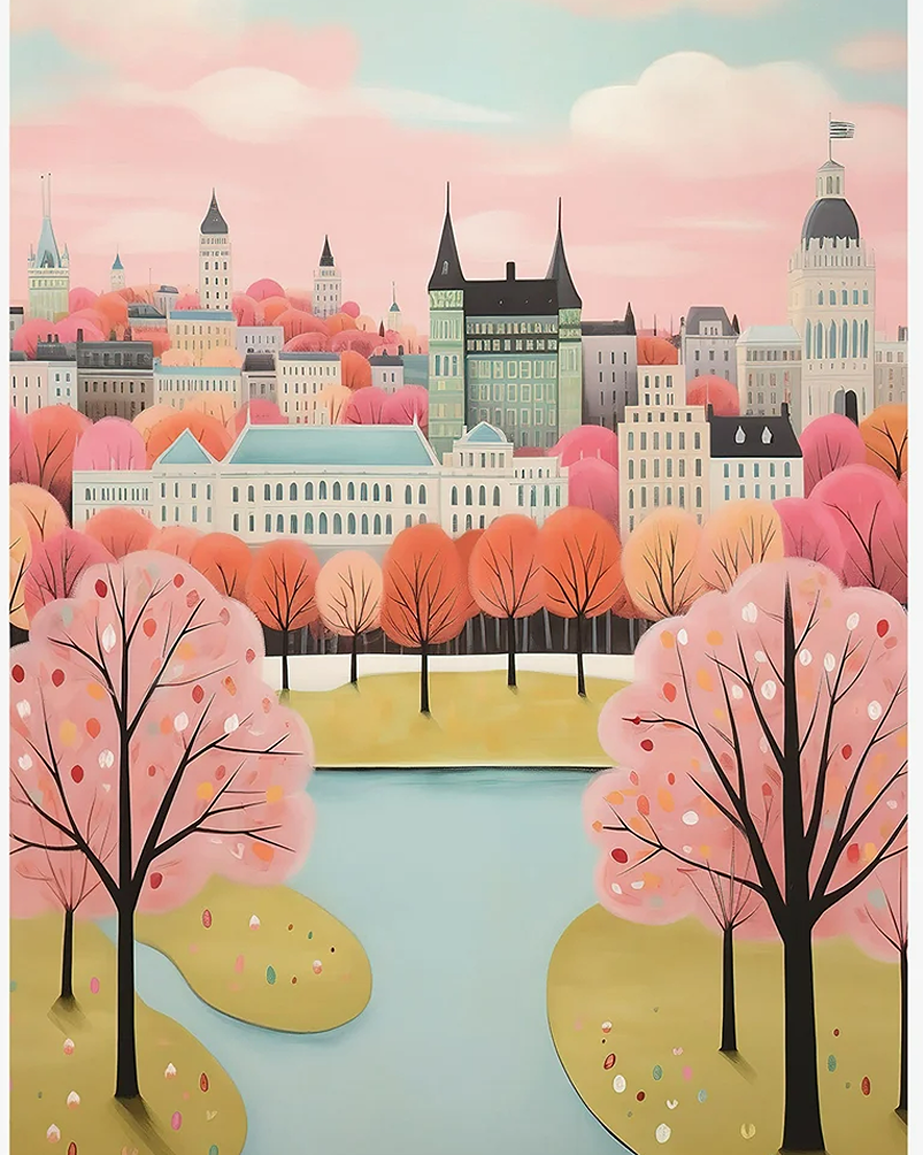
We’ve all heard the advice to buy bamboo toothbrushes, socks and flooring. But what is bamboo, is it really sustainable (it has to fly in from Asia) and does buying it affect bamboo-eating pandas?
Bamboo is the world’s fastest-growing grass (if you sat there for a few hours, you would see it grow in front of you). As strong as steel,it can be harvested in a year. Whereas forest trees can take 30 to 40 years to mature enough to harvest (or old-growth forests are torn down to produce fast-growing saplings that use chemicals and don’t provide homes for wildlife).
You can see the appeal. But bamboo could grow in England (it would need enclosed spaces as an invasive plant), most bamboo is imported from Asia. Rayon bamboo is from cellulose and viscose bamboo is from pulp. But many brands blend it with chemicals and synthetic fibres, and if overplanted to keep up with demand, this creates ‘monocultures’. This has happened with palm oil (forests home to orangutans chopped down to grow fast-growing plantations, and flammable eucalyptus trees over-planted to make ‘biodegradable packaging – Spain and Portugal have already banned new plantations, due to increasing wildfires).
The good news is that certified organic bamboo should not negatively affect pandas. This is because industrial (moso) bamboo is not the same as fresh shoots eaten by our bear friends. It’s ironic that although China does not have the best animal welfare record, it does protect its pandas. So in summary, (a little bamboo in moderation) is fine, if sustainably harvested.
Some say the ‘local alternative’ is Tencel, a wood fibre grown in Europe. But like eucalyptus trees, the wood is flammable and has led to wildfires, which is why many people are concerned if it got too popular. As industry would then go mad and start planting more trees than is good for nature and wildlife. As the answer with everything – simple living and buying less!






